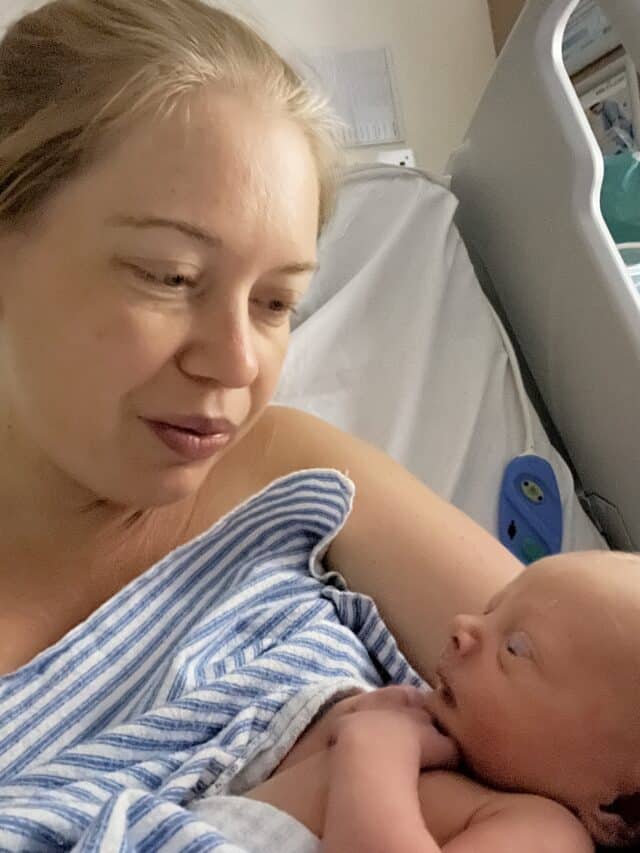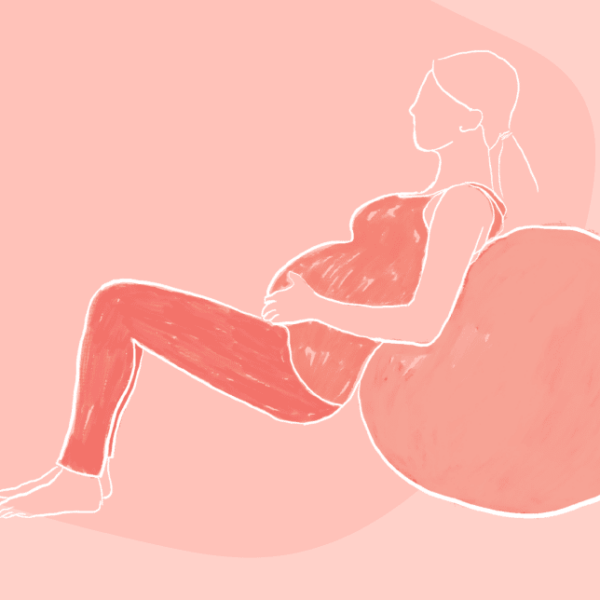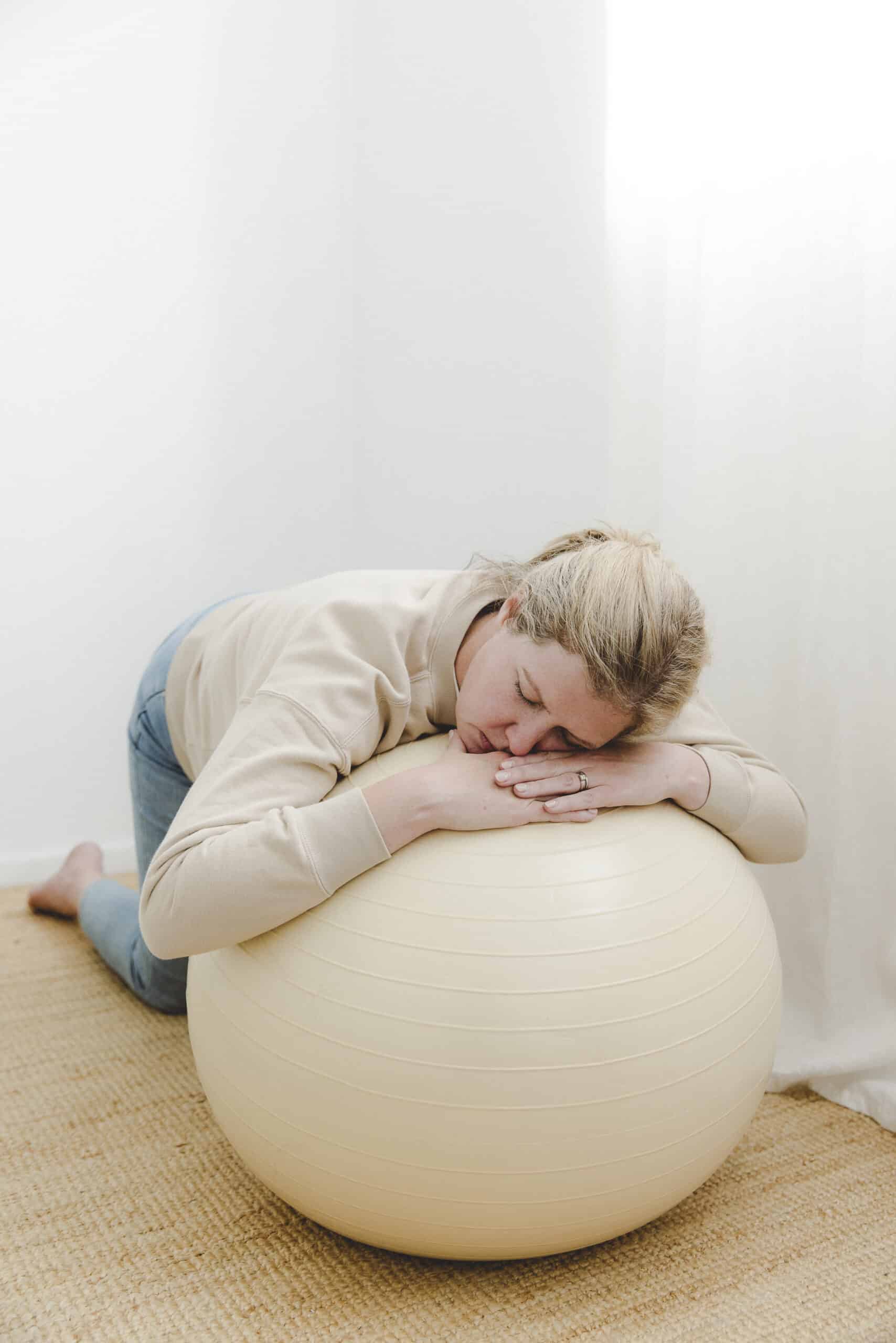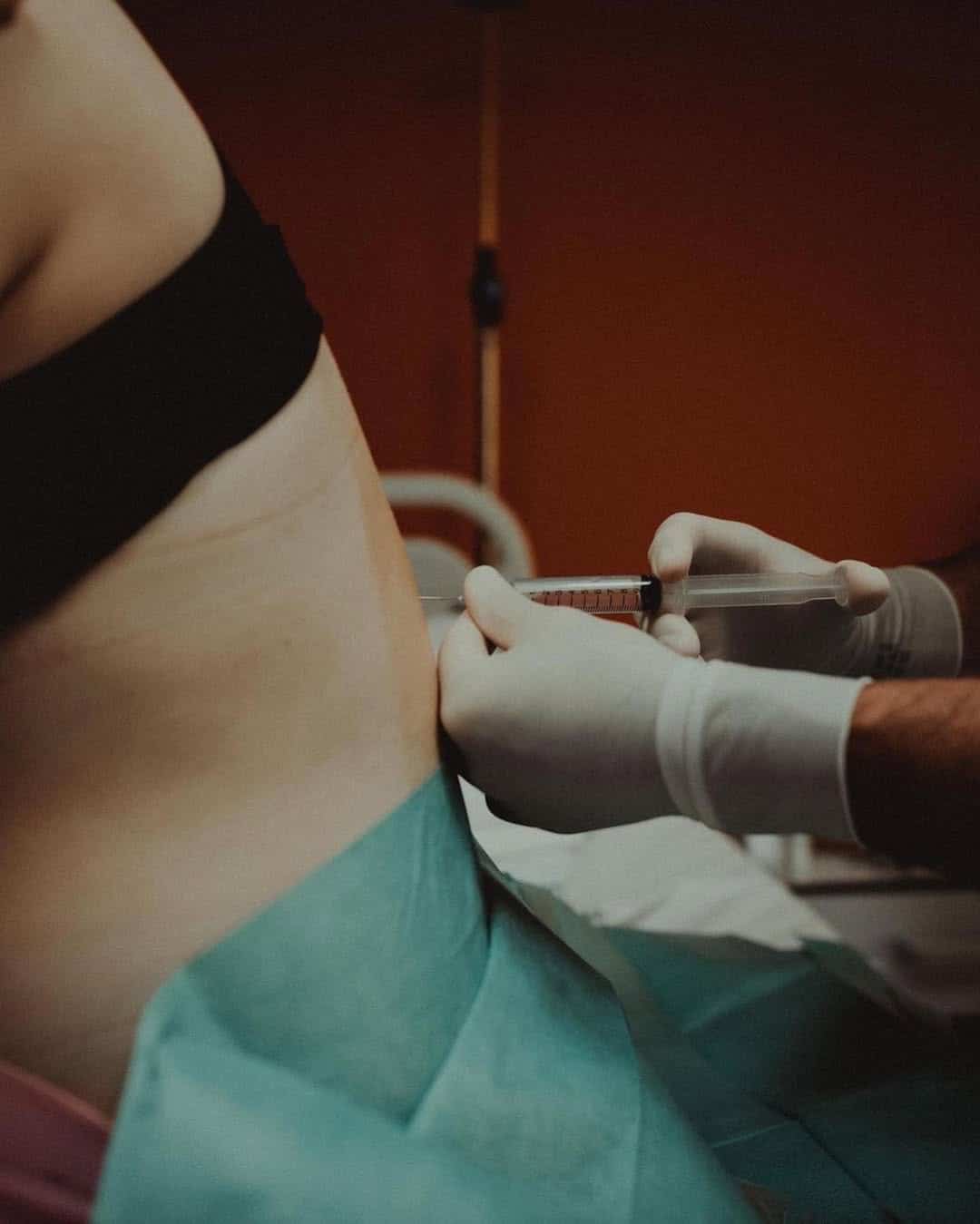Birth Episiotomy
Episiotomy
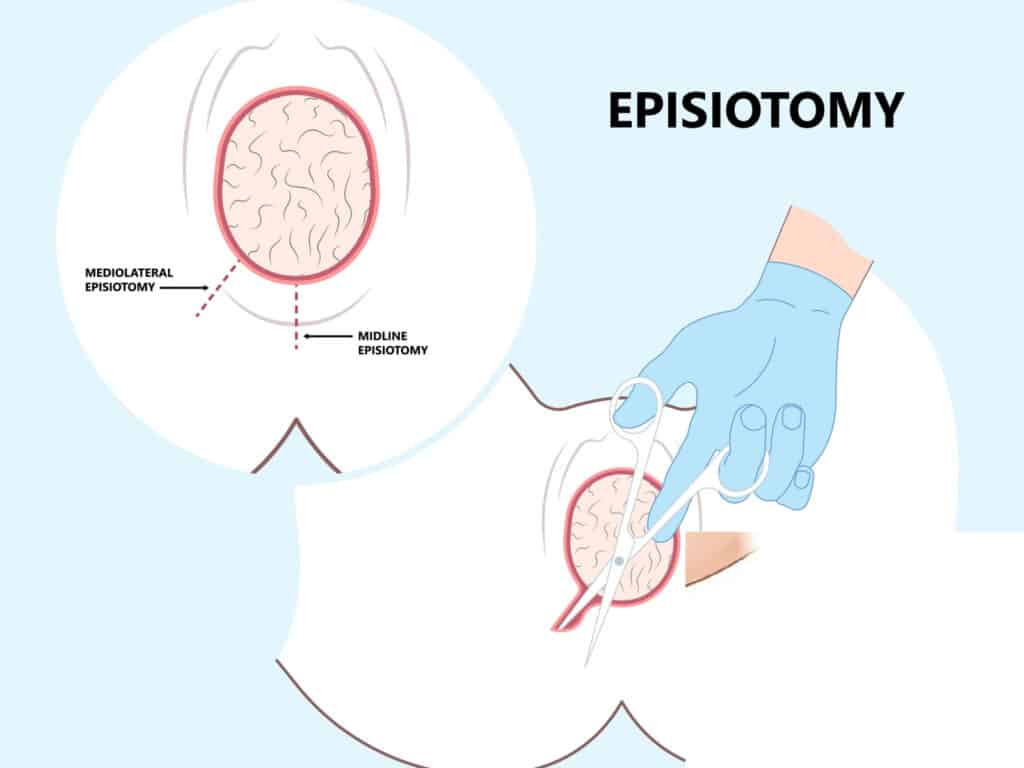
An episiotomy is a surgical cut to the perineum during the second stage of labour that’s performed on around 24 per cent of Australian women during a vaginal birth. Episiotomies are used to enlarge the vaginal opening, particularly if a baby is showing signs of distress and needs to be born quickly. It may also be suggested if your care provider believes you’re at risk of a severe tear.
How is an episiotomy performed?
Local anaesthetic is given beforehand unless you have an epidural. Compared with a natural tear, an episiotomy is generally more painful, it leads to blood loss and takes longer to heal. There are two types of episiotomy incisions:
Midline incision. A midline incision is done vertically. A midline incision is easier to repair. But it has a higher risk of extending into the anal area.
Mediolateral incision. A mediolateral incision is done at an angle. A mediolateral incision is less likely to result in an extended tear into the anal area. However, this incision is often more painful and more difficult to repair.
How is an episiotomy repaired?
After you have birthed your baby and the placenta, your care provider will give you an anaesthetic injection before suturing the cut.
What are the risks and benefits?
Like all interventions, episiotomies have their place – if there is a severe compromise to the perineum or if your baby is struggling, your care provider may suggest one. However, it’s really important to know that an episiotomy cannot be performed without your consent.
How long does it take to recover from an episiotomy?
The stitches used in an episiotomy repair are usually absorbed over time. Your care provider will check them during the coming days post-birth to ensure that the incision is healing and there is no infection. If you are concern for any reason you should discuss your concerns with your care provider. Usually over the counter pain relief is sufficient while the wound heals and stool softeners can sometimes assist.
What can I do during my pregnancy to reduce my chance of needing an episiotomy?
Perineal massage is a technique that can be used during pregnancy to help to stretch the perineum, to reduce the risk of tears when giving birth. Protecting your perineum doesn’t start in the second stage of labour when your baby is crowning. It starts in your pregnancy with conscious preparation – cultivating trust in your ability to birth and developing awareness of your pelvic floor.
Free Perineal Massage Guide
You can download our FREE guide here to learn how to reduce the risk of tears when giving birth.
Our Podcast Picks for You
Categories
Related Products
-
The Birth Class
107 reviews$249.00The empowering online childbirth education program that will help you confidently prepare for birth.
Get your copy of our Perineal Massage Guide in your inbox
Keep Reading
We think you might enjoy these articles
@AustralianBirthStories
Follow along with us
@AustralianBirthStories
Follow along with us
@AustralianBirthStories
Follow along with us
@AustralianBirthStories
Follow along with us
@AustralianBirthStories
Follow along with us
@AustralianBirthStories
Follow along with us
@AustralianBirthStories
Follow along with us
@AustralianBirthStories
Follow along with us
@AustralianBirthStories
Follow along with us
@AustralianBirthStories
Follow along with us
@AustralianBirthStories
Follow along with us
@AustralianBirthStories
Follow along with us

